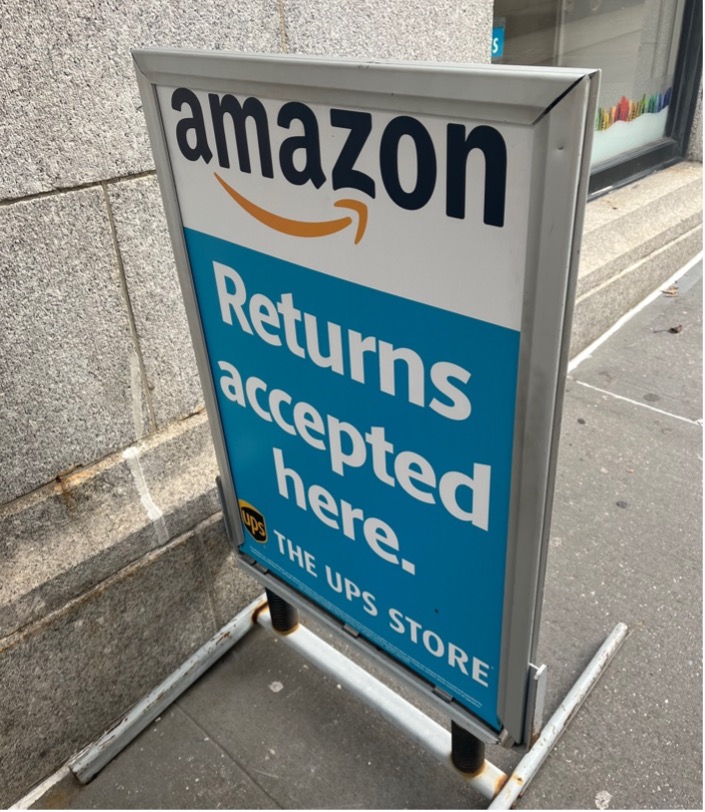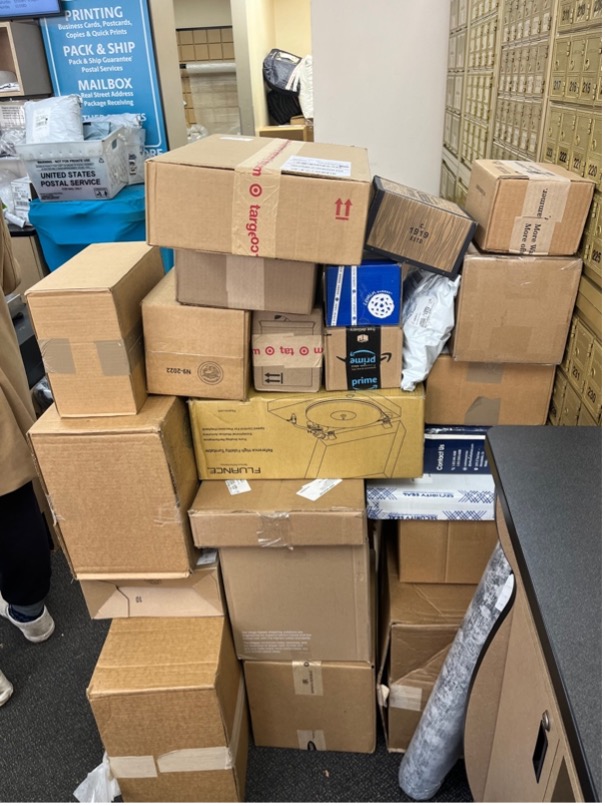Written by: Rashawn Khamari Merchant

Rashawn Khamari Merchant/Earth Shiners
From November to December, people go on immense shopping sprees. Whether it’s to catch deals for themselves or gather gifts to give to loved ones around the holiday season, these months are the most prominent period of consumerism. It isn’t just America, either. Many countries have adopted similar holidays to Black Friday, allowing their residents to buy more than usual. While items ship from companies to the home, let’s dive into the dangers and unknowns when customers decide to send items back.
During the past decade, online shopping has brought ease to buyers wanting ticketed items. Why wouldn’t it? From the comfort of your couch or surfing online at work, you can purchase products with a few clicks of a button. People began to draw back from holiday shopping when going out at midnight during significant sale events became dangerous. Instead of waiting outside for a new discounted TV, manufacturers listened to customers and offered the same opportunity online. Website shopping helped customers and store employees alike.
During the 2020 COVID-19 pandemic, companies paid attention to the results. Out of safety precautions, consumers had little choice but to buy their goods online, with the addition of food suppliers stepping into the game. Years later, online shopping is a prime way of spending.

Rashawn Khamari Merchant/Earth Shiners
The downside of increased online purchasing occurs when people decide they no longer desire the item they bought. The impacts have become detrimental to the environment because it isn’t just a few, but millions of people who utilize companies’ often free return services.
For companies like Amazon, their business goal is to deliver goods and not receive them back. Therefore, corporations put little infrastructure into place to handle large quantities of unwanted goods. It is becoming cheaper for wholesalers to forgo the sent-back items and transfer them to dumpsites and waste facilities.
For years, rumors spread regarding luxury fashion brands burning unsold clothing to maintain the clothes’ high status, but lower-level consumer brands taking part in product destruction landed at the worst time. Fast Company suggest that nearly 10 billion pounds of returned items end up in landfills annually. The environment is not equipped in its current state to handle the influx of plastic buildup. Unfortunately, purchasers receive infrequent information on landscape impact. Amazon allows you to freely make returns through 3rd parties for numerous reasons within a 30-day return. Additionally, upticks in risk-free buying have garnered more attention. Businesses offer customers opportunities to “try before you buy,” encouraging them to order multiple sizes and types of the same item while planning to keep one version.
Companies and consumers alike should take steps to reduce return package waste. There should be a vetting process. Companies can choose to charge customers a fee for return items. A fee would make customers rethink their initial purchase choice and slow the volume of unwanted goods. In addition, the fee charged should assist the company in developing sustainable waste departments within the business.
What one considers trash is a treasure to others. From the customer base, instead of returning the package, the item could go to a friend, family member, or neighbor. If the purchaser decided to sell the item to someone nearby, they could retain the dollar spent while reducing the carbon emissions to transport the goods back.
Overall, careful consideration needs to go into shopping online. When buying and selling becomes a free-for-all, the impact on our land is worsened, and the ending results are never worth it.
Leave a Reply